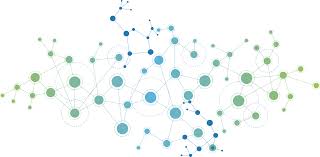
SA2: THE NETWORKING ISSUE

THE LEAGUE OF AUTOMATIC MUSIC COMPOSERS
Tim perkis and john bischoff
blind lemon side b
fort mason pedal with twitter
oakland one


SA2: THE NETWORKING ISSUE

THE LEAGUE OF AUTOMATIC MUSIC COMPOSERS
Tim perkis and john bischoff
blind lemon side b
fort mason pedal with twitter
oakland one
